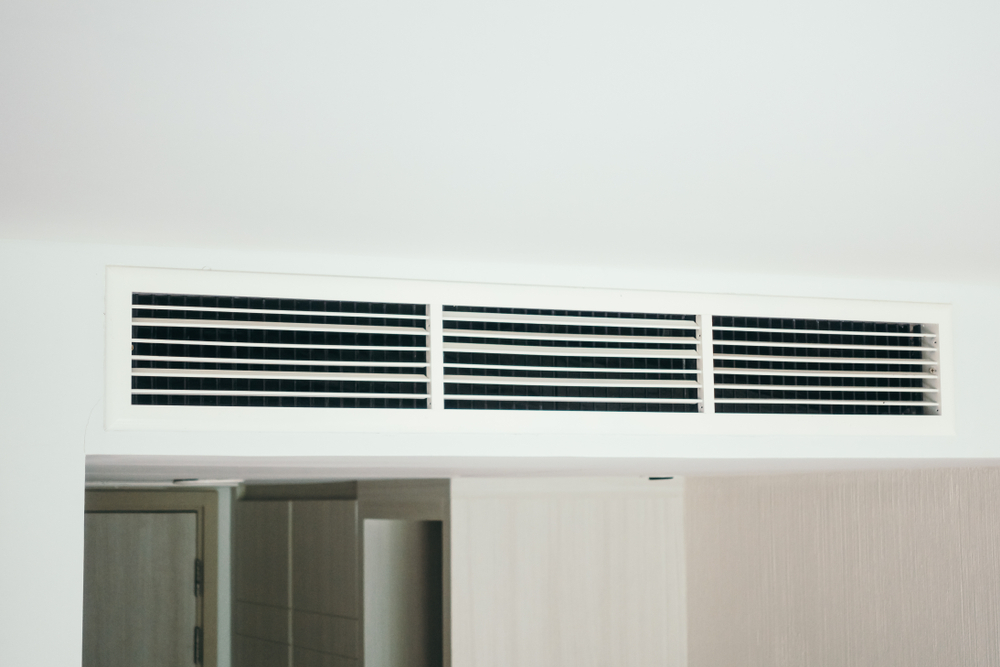Forced air heating is a type of central heating system that uses air as the medium to distribute heat throughout a building. It is one of the most common and popular types of heating systems in residential and commercial settings. In this blog post, we will explore what forced air heating is, how it works, and its advantages and disadvantages.
What is Forced Air Heating?
Forced air heating uses a furnace to heat air circulated through ducts and vents to deliver warm air to different building parts. The furnace can be powered by gas, oil, or electricity, and it heats the air by burning fuel or using an electric element. The warm air is then blown through the ducts by a fan, which a thermostat can control to maintain a consistent temperature throughout the building.
How Does Forced Air Heating Work?
Forced air heating consists of three main components: the furnace, the ductwork, and the thermostat. The furnace is responsible for heating the air, while the ductwork is the network of pipes that distribute the warm air throughout the building. The thermostat is the device that controls the temperature by communicating with the furnace and the fan.
The furnace typically uses a heat exchanger to heat the air. The heat exchanger is a metal component that absorbs heat from the fuel source or electric element and transfers it to the air passing through it. The warm air is then blown into the ductwork by the fan, which the thermostat controls. The thermostat communicates with the furnace and the fan to maintain the desired temperature by turning them on and off as needed.
Advantages of Forced Air Heating
Forced air heating has several advantages over other types of heating systems. One of the main advantages is its ability to quickly and efficiently heat a building. The warm air is blown through the ducts at a high velocity, which can quickly raise the temperature of a room. It makes forced air heating ideal for buildings with large open spaces or high ceilings.
Another advantage of forced air heating is its versatility. It can be used with various fuel sources, such as gas, oil, or electricity, depending on the availability and cost of the fuel in a particular region. It allows homeowners and business owners to choose the most cost-effective and efficient fuel source.
Forced air heating is also relatively easy to install and maintain. The ductwork can be installed in walls, ceilings, or floors, and the furnace can be located in a basement, attic, or closet. Regular maintenance can help ensure that the system operates at peak efficiency.
Disadvantages of Forced Air Heating
Despite its advantages, forced air heating also has some disadvantages. One of the main disadvantages is the potential for air leakage in the ductwork. Over time, the ducts can develop leaks, which can cause heated air to escape into unconditioned spaces, such as attics or crawl spaces. It can lead to energy waste and higher heating bills.
Another disadvantage of forced air heating is the potential for air quality issues. The ductwork can accumulate dust, dirt, and other pollutants, which can be blown into the air and circulated throughout the building. It can lead to indoor air pollution, which can cause respiratory problems and other health issues.
Finally, forced air heating can be noisy. The fan that blows the air through the ducts can produce a constant hum or whir, distracting or annoying for some people. The furnace can also produce a loud rumbling or banging noise when it turns on or off.
Conclusion
Forced air heating is a popular and efficient way to heat a building. It uses air as the medium to distribute heat throughout a network of ducts and vents, which can quickly and efficiently raise. If you have any further questions regarding forced air heating, please don’t hesitate to contact us, we’re here to help.


